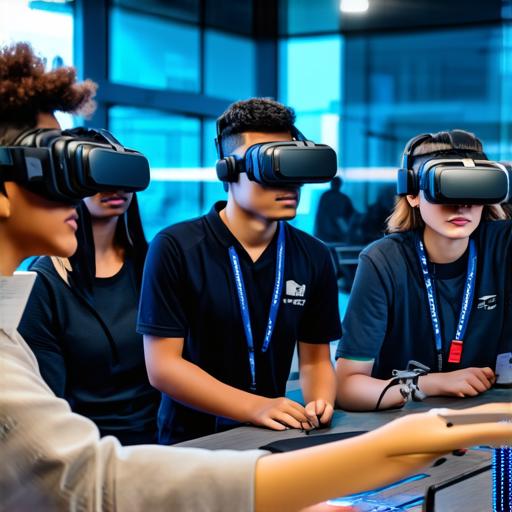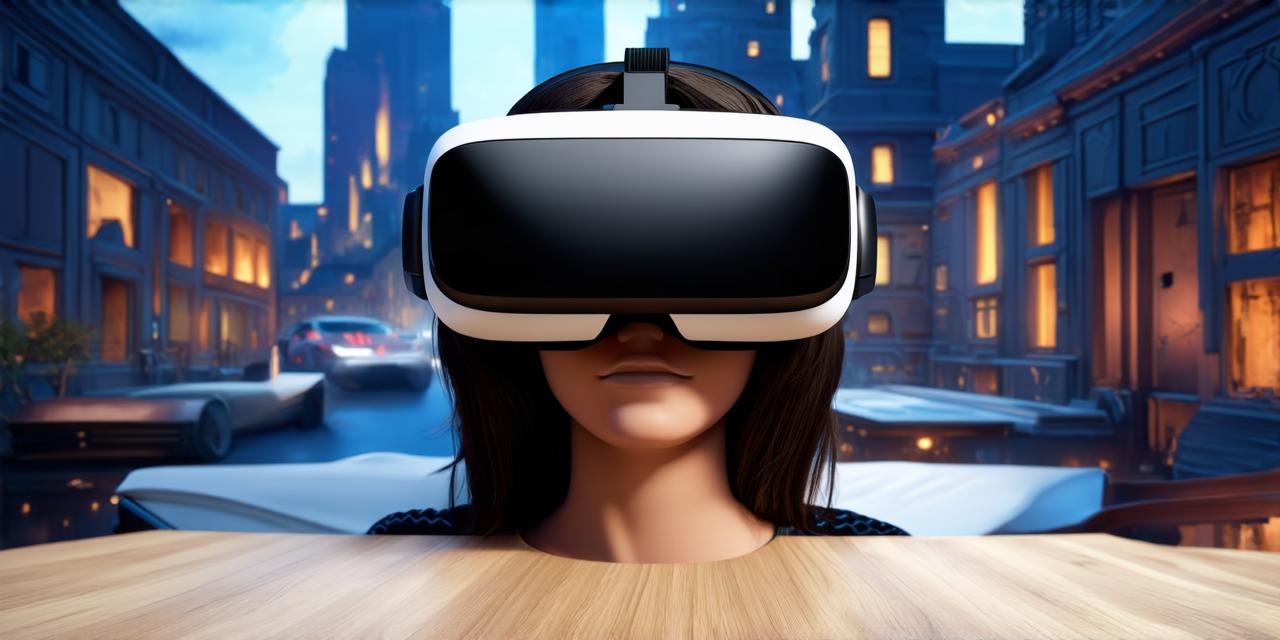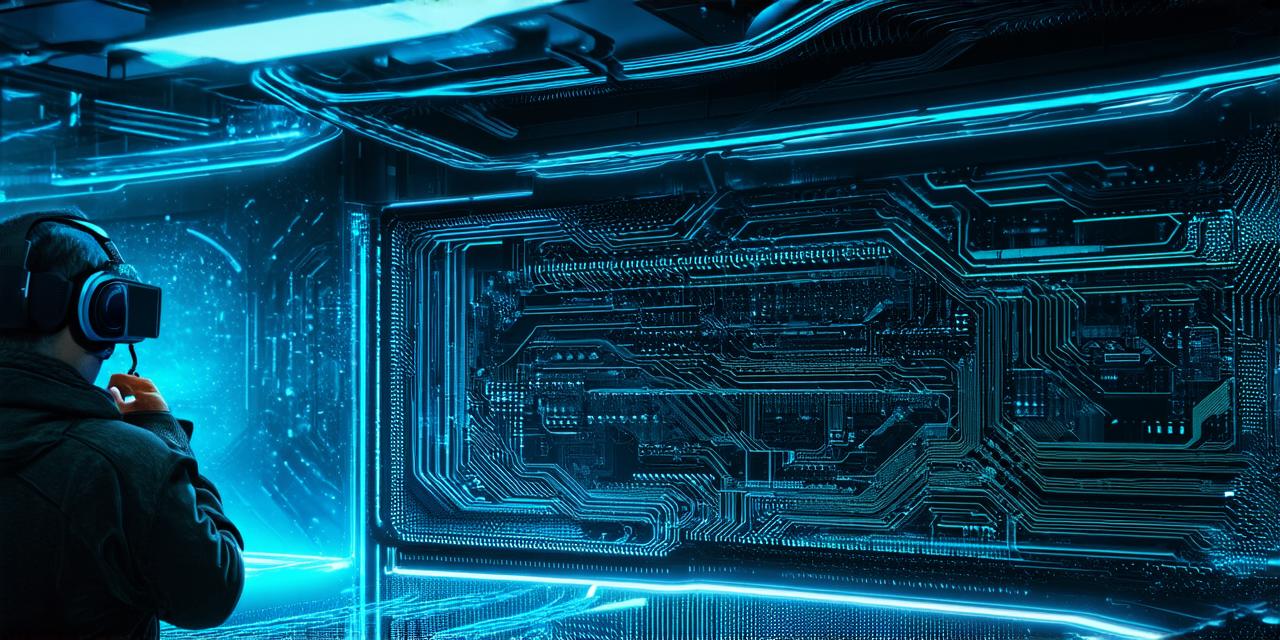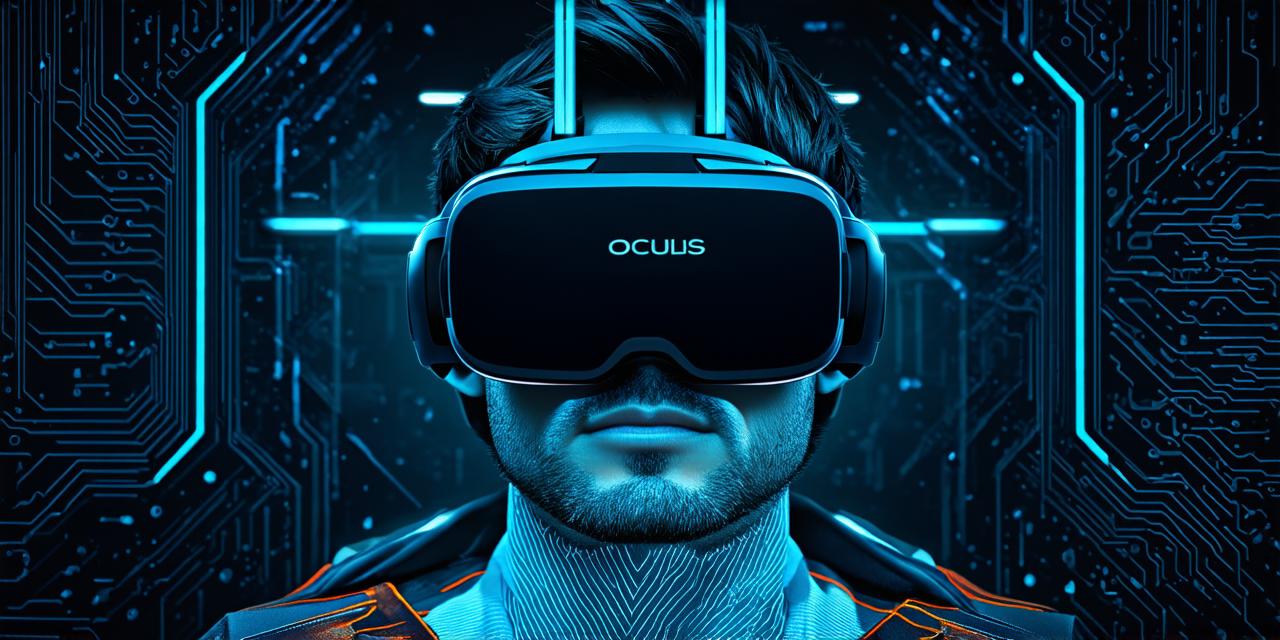As technology continues to advance, virtual reality (VR) is becoming increasingly popular in educational settings. From immersive simulations to interactive learning experiences, VR offers a range of opportunities for students to engage with course material in new and exciting ways.
The Benefits of Virtual Reality in Education
Virtual reality technology offers a range of benefits for students and educators alike. For one, it allows students to experience real-world environments in a safe and controlled environment. This can be especially useful for subjects like biology, where students can explore the human body or the ecosystem without putting themselves at risk.
In addition, VR offers a level of engagement that traditional classroom learning can’t match. By immersing students in a virtual world, educators can capture their attention and make learning more fun and engaging. This can be especially useful for subjects like history or literature, where students can explore the world of Jane Austen or ancient Rome in a way that feels more real than reading a textbook.
Finally, VR offers an opportunity for personalized learning. By allowing students to choose their own paths through virtual environments, educators can tailor learning experiences to meet individual needs and interests. This can be especially useful for students who learn differently or have different learning styles.
Real-Life Examples of Virtual Reality in Education
Virtual reality technology is already being used in a variety of educational settings around the world. For example, some schools are using VR to simulate field trips and other experiential learning opportunities. By taking students on virtual tours of museums or historical sites, educators can provide them with experiences that might otherwise be difficult or impossible to arrange.
In addition, many universities are using VR to create interactive simulations for subjects like engineering or medicine. By allowing students to experiment with different designs or procedures in a safe and controlled environment, educators can help them develop critical thinking and problem-solving skills.
Best Practices for Implementing Virtual Reality in the Classroom
When implementing VR technology in the classroom, there are a few best practices to keep in mind. First, it’s important to choose the right equipment. While high-end VR headsets can be expensive, there are many affordable options available that still offer a great learning experience.
In addition, educators should make sure to plan their lessons carefully. While VR can be a powerful tool for engagement, it’s not a substitute for traditional teaching methods. By combining VR with other forms of instruction, educators can create a well-rounded learning experience that meets the needs of all students.

Finally, it’s important to provide students with adequate support and training. While VR technology is becoming more user-friendly, there are still many things that can go wrong if students aren’t properly trained. By providing guidance and support, educators can help ensure that their students have a positive experience with VR technology.
Summary
Virtual reality technology offers a range of opportunities for education, from immersive simulations to interactive learning experiences. Whether you’re looking to create virtual field trips or interactive simulations, there are many ways that VR can be used in the classroom. By choosing the right equipment, planning your lessons carefully, and providing adequate support and training, educators can make the most of this powerful technology and help their students learn in new and exciting ways.




